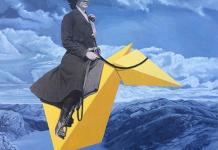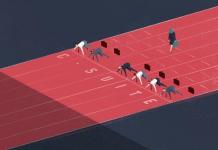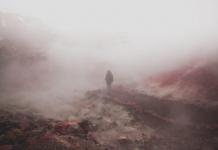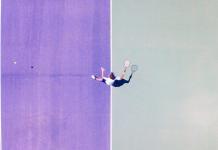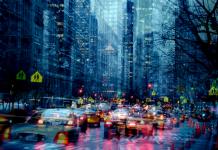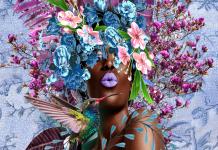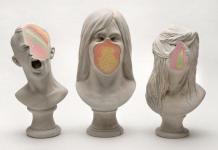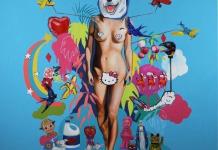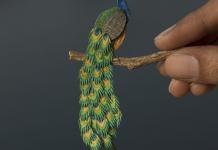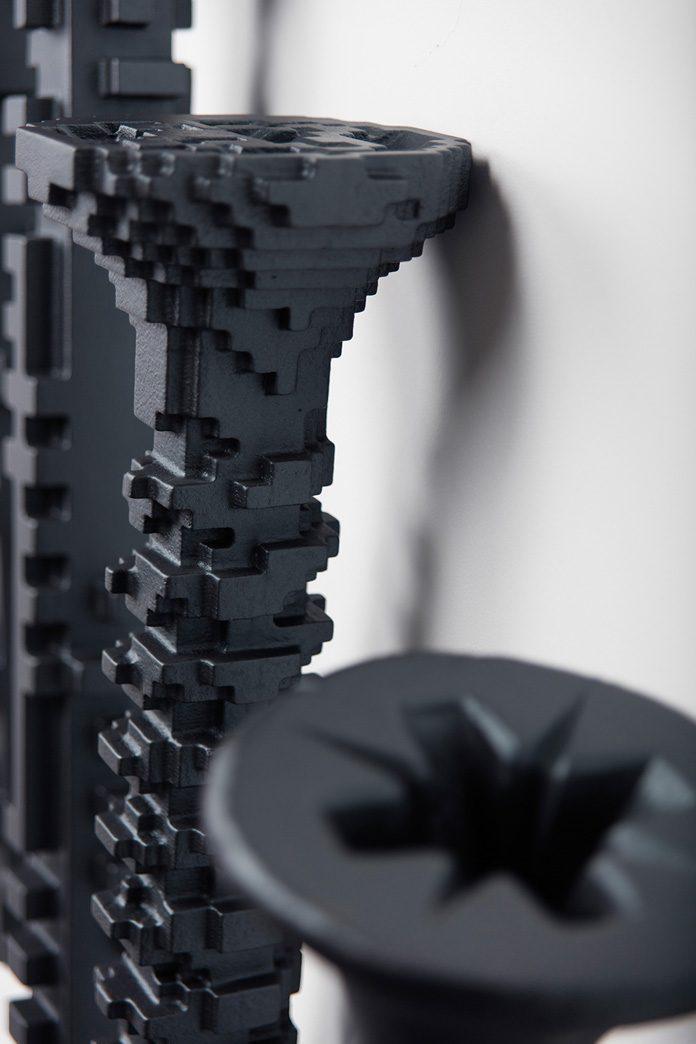
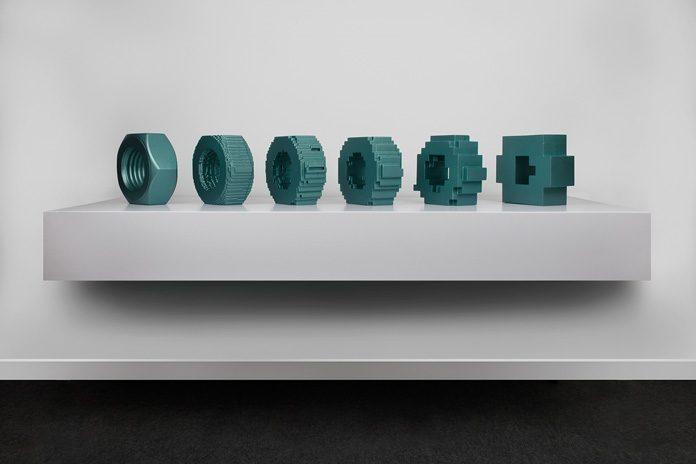
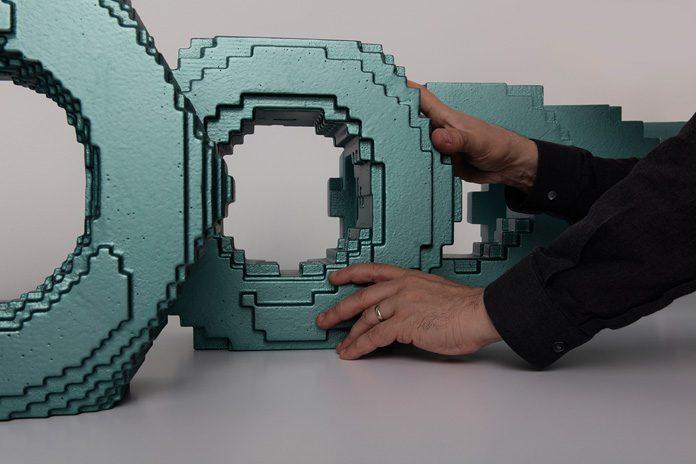
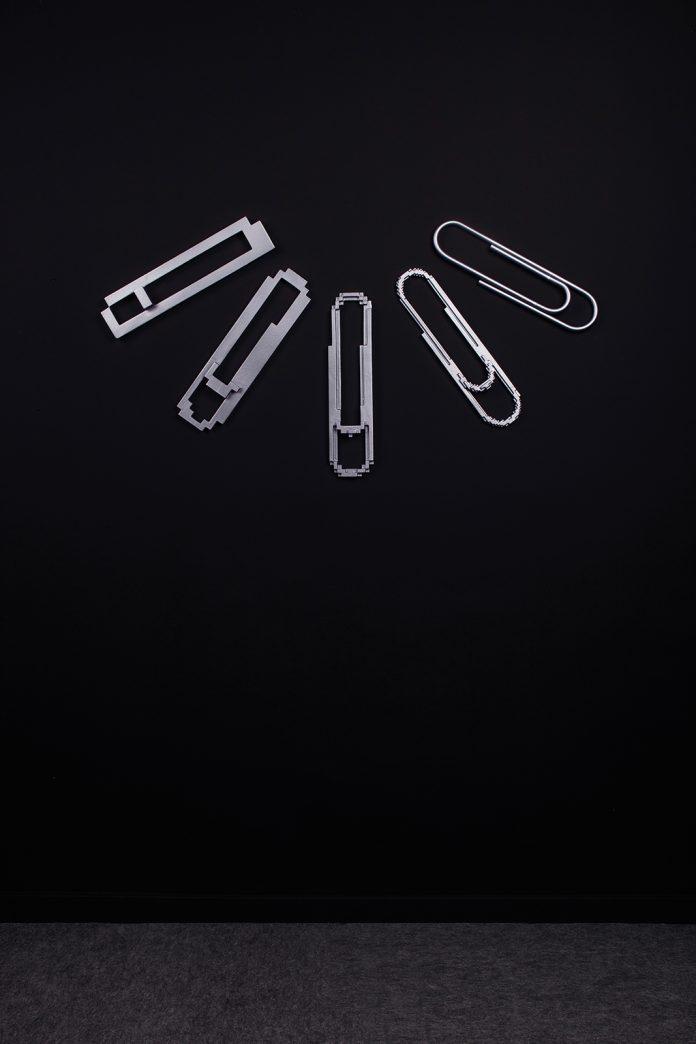
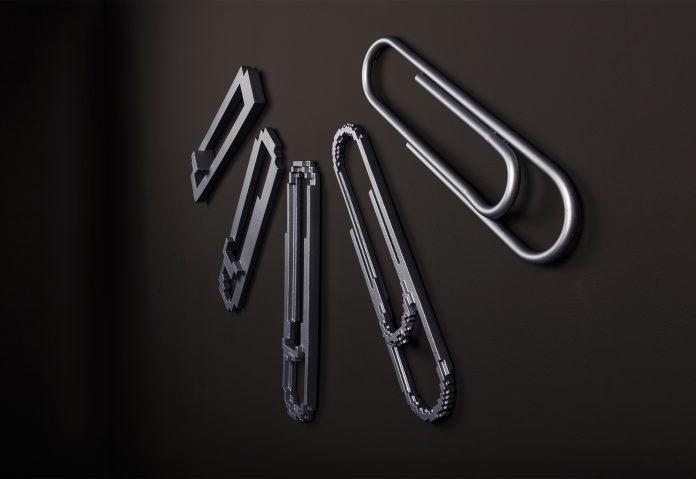
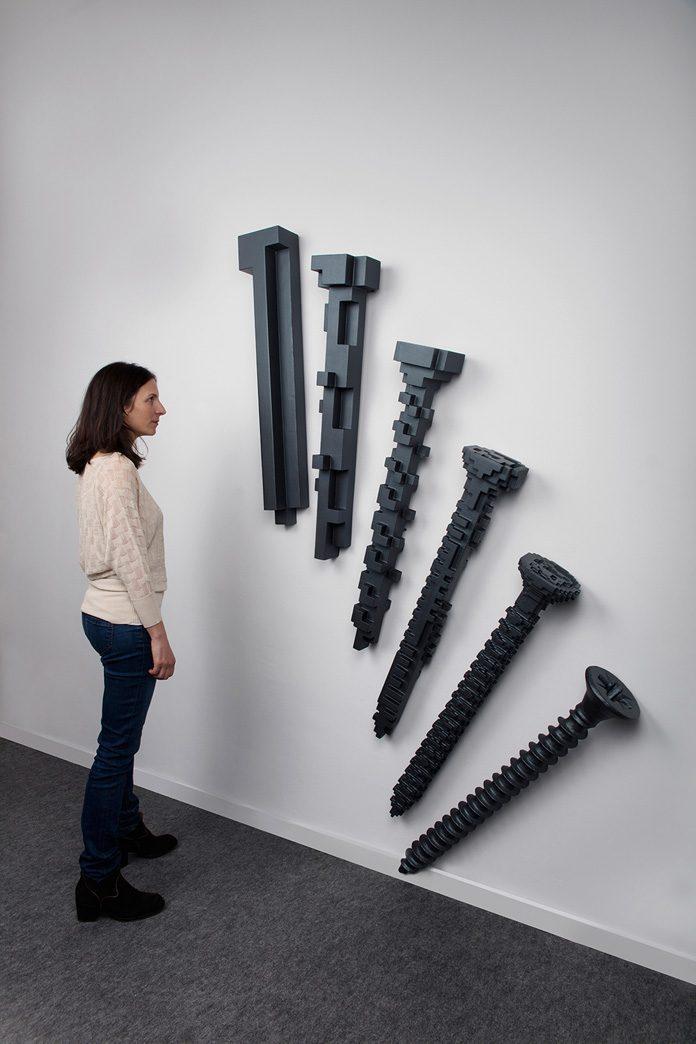
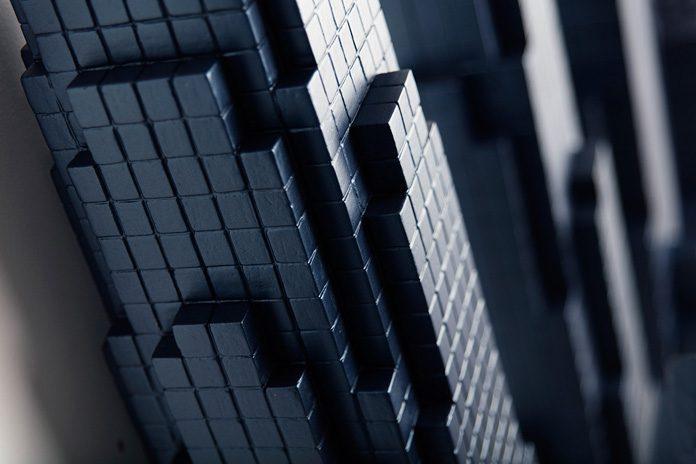
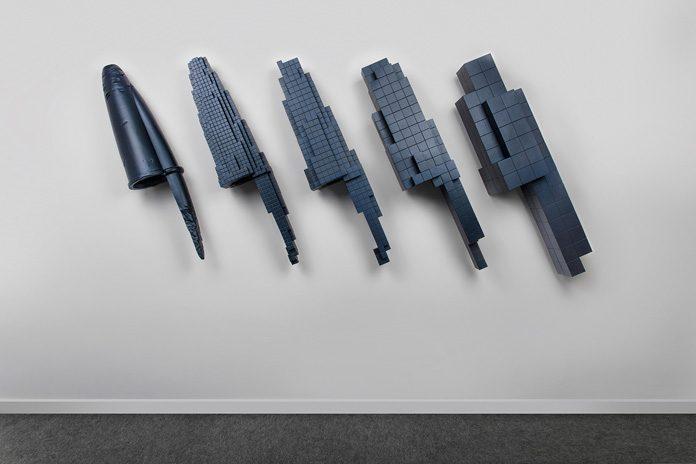
Hi-RES is the title of a new series of works in sculpture and painting that explore visible reality through the analytical lens of 3D computer modelling. Hi-RES delves into relationships between the art object that takes visible reality as its point of reference, and the boundaries of verisimilitude between observable reality, art and science. Surely it can be said that since the invention of photography, and more specifically since that historic moment when visual artists discovered photography as a reference for looking at reality in a manner that is, shall we say, indirect or alternative, everything changed in the use they began to give to that referential reality. As my friend, the artist Pipo Hernández Rivero remarks, from that point on artists began to paint not nature, but an intermediary. Of course, this intermediary was none other than photography. This interesting observation largely gave birth to HI-RES. Considering it closely, it’s true that since that historic moment – and increasingly to the present time – we, artists who seemingly use visible reality as a reference in visual creation have long ago mostly stopped using that reality and instead look at what photography tells us about that reality; to the extent that just a very small percentage of contemporary artists continue to paint reality in the strictest sense, and “paint from nature” as this was called at one time. Having reached this point, and with more than a century and a half in the existence of photography, the question could be, what is the technological successor to photography? Or at least, what is the successor in terms of the generation of imagery based on the still capture of reality by technical or technological means? (In a sense, we can say that this is what photography did or does). Therefore, what may be the generative successor to that intermediary? HI-RES proposes that 3D scanning and 3D models in general constitute the new intermediary to look at. Just as photography did with the two-dimensional still image and film did with the moving image, the current digital technologies that are used to generate 3D image models are revolutionising the way we look at reality, understand it and relate to it. Whether it is the world of 3D scanning, photogrammetry, 3D design or any of their multiple forms and applications (technical, medico-scientific, recreational…) the 3D digital model shows us a reality beyond reality, a hyper-real reality. HI-RES is organized into three main groups of paintings and sculptures: Solid, Voxel and Mesh. They all correspond to different modes of visualization of 3D models in the use of the programs that manage them. With HI-RES I would like to show my complete fascination with the 3D virtual world, its capacity for analysis and plasticity, and I intend to use it as a valid reference for pictorial and sculptural creation, and elevate its visual qualities beyond its obvious technical functionalities.
© Rómulo Celdrán | Artist Biography, Artworks & Gallery




